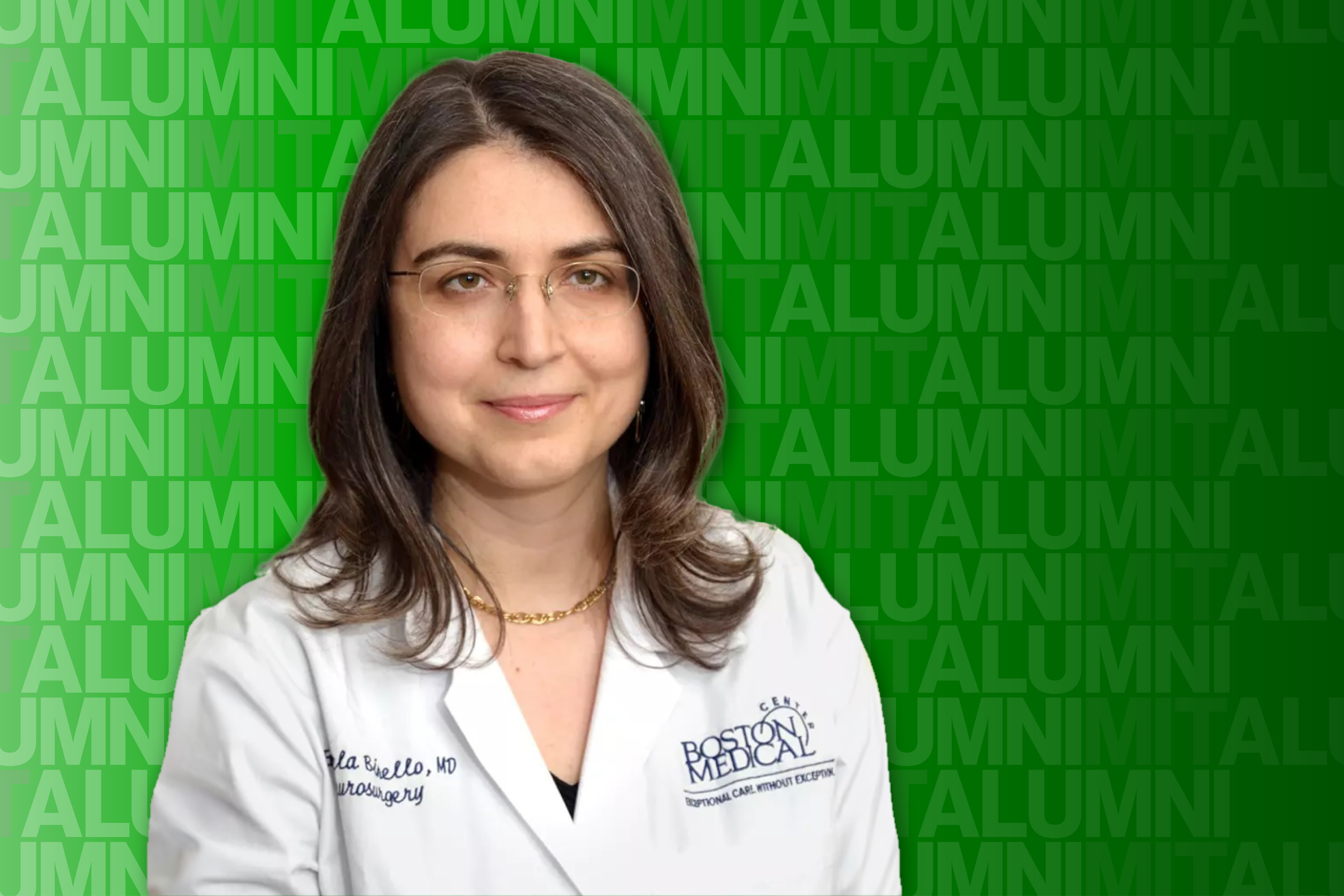Searching for the Truth in Science and the Humanities
-
-
MIT Technology Review
Filed Under
Recommended

Emanuela Binello ’95, SM ’96, PhD ’99, ScD ’04 remembers the first time she met one of the patients she treated a few years ago. The young woman had chronic headaches, nausea, and blurry vision caused by a brain tumor that demanded urgent attention. As Binello interviewed her, she spent time learning about this woman’s personal history. She had come from Honduras and recently entered the United States, where she has family. “To think that she made such a treacherous crossing when she was so close to going into a coma from the tumor,” Binello says. “It’s incredible that she was going through all this.”
Binello is a neurosurgeon at the Boston Medical Center, where she performs brain and spine surgeries on patients with few resources. For her, learning someone’s medical history and personal story is essential. “It informs the treatment choices,” she says. “And it can help you tease out the nuances of what’s important to that patient.”
This story-centered approach to her work derives from an early love of the humanities. One of her favorite high school subjects was history, where a teacher taught her how to put events in context by backing up a hypothesis with supporting evidence—an approach that, she notes, is more often taught in science classes.
As an undergraduate at MIT, Binello opted for a double major in nuclear engineering and Russian studies. For her, the sciences and humanities share “this idea that you are trying to search for the truth.”
After earning a master’s and PhD in nuclear engineering at MIT, Binello became interested in helping people more directly, which led her to the Harvard-MIT Division of Health Sciences and Technology and Harvard Medical School. When she did her neurosurgery rotation, she knew she had found her calling. During that rotation, she recalls, she worked more than she did in any of the others but felt the most energized.
The intensity of the work has continued, and neurosurgery still animates Binello—in large part because of everyone she gets to know. “Even though I never leave the city, I feel like I travel through my patients,” she says. The human element of disease offers her a kaleidoscopic window into the people she treats, including that young woman from Honduras.
When Binello first met with her, the patient told her emphatically that she wanted to live, primarily for her children. Fortunately, Binello was able to remove the tumor completely, and the patient became well enough to return to writing the rest of her life story.
This story also appears in the November/December issue of MIT Alumni News magazine, published by MIT Technology Review.
Photo illustration by Gretchen Neff Lambert; image courtesy of Emanuela Binello







